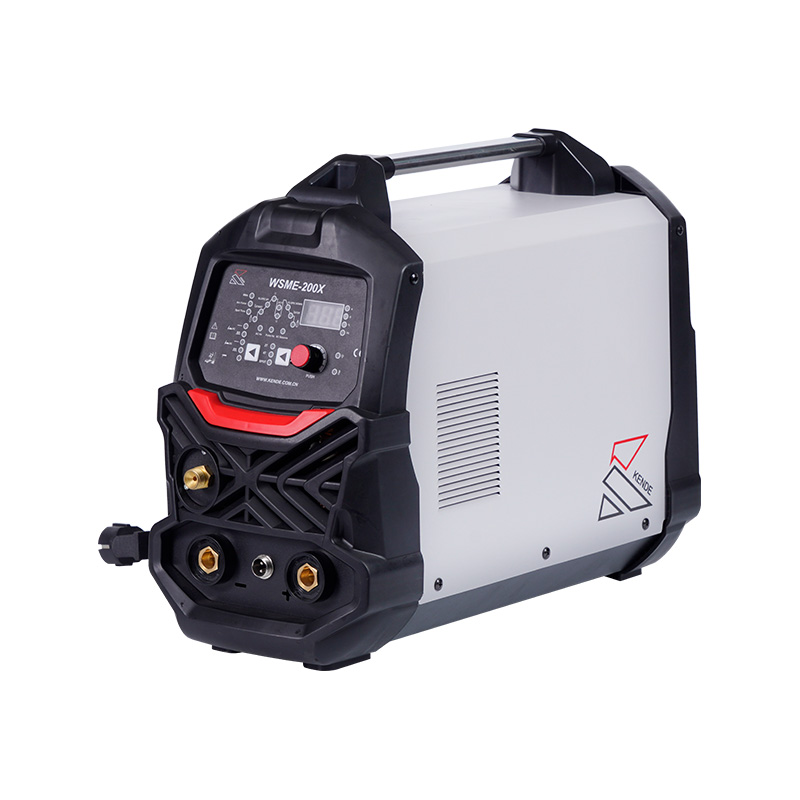Email: [email protected]
 2025.09.12
2025.09.12
 Industry News
Industry News

Welding machines are critical tools in various industries, from construction to manufacturing, and ensuring their performance is essential for both safety and efficiency. A welding machine factory typically conducts a series of tests to verify the functionality, reliability, and safety of each unit before it reaches customers. These tests assess different aspects of the machine's performance, ensuring that it meets industry standards and customer expectations.
1. Electrical and Power Testing
One of the important tests conducted by welding machine factories is electrical and power testing. This involves checking the machine's ability to generate and regulate the correct voltage and current for different welding tasks. Factories typically use specialized equipment to simulate various welding conditions, ensuring that the machine maintains stable power output under load. Voltage and amperage are closely monitored to ensure that the machine delivers consistent energy, which is crucial for achieving high-quality welds. Any inconsistencies in power could cause to poor weld quality or machine failure, so this test is vital for performance validation.
2. Duty Cycle Testing
The duty cycle of a welding machine refers to the amount of time the machine can operate continuously at a given power level before it needs to cool down. Factories test the duty cycle by running the welding machine for extended periods under high load and monitoring the temperature of the components. This test helps determine whether the machine can handle prolonged use without overheating or causing damage. Manufacturers typically design machines with built-in cooling systems, but the effectiveness of these systems is also tested during this phase to ensure the machine's durability.
3. Welding Performance Testing
The direct way to test welding machine performance is by conducting actual welding tests. During this phase, factories simulate real-world welding conditions by using the machine to weld various materials, such as steel, aluminum, or stainless steel. The quality of the welds is then assessed, with factors like bead consistency, penetration, and heat distribution closely examined. This test helps verify that the machine can achieve strong, durable welds and operate smoothly without issues such as excessive spatter or poor arc stability. These tests are essential in ensuring that the welding machine performs as expected in practical applications.
4. Safety and Compliance Testing
Welding machines can pose safety risks if not properly designed or tested. To ensure the safety of both the operator and the machine, factories conduct several safety tests, including checking for proper insulation, grounding, and overheating protection. Additionally, machines are tested to comply with relevant industry standards, such as the IEC (International Electrotechnical Commission) standards or UL (Underwriters Laboratories) certifications. These tests ensure that the welding machine meets global safety regulations and operates in a secure manner.
5. Vibration and Durability Testing
Given the demanding environments in which welding machines are used, factories also perform vibration and durability tests. These tests simulate the conditions that the machine would face during transportation or rough usage on-site. The goal is to ensure that the machine's components are securely attached and can withstand shocks, vibrations, and other physical stresses without failure. This testing phase helps manufacturers confirm that their machines can maintain high performance even in challenging working conditions.
Testing the performance of welding machines is a comprehensive process that ensures the machine operates efficiently, safely, and reliably. By conducting electrical, power, duty cycle, welding performance, safety, and durability tests, welding machine factories can ensure their products meet industry standards and customer expectations. This multi-step testing process not only guarantees the functionality of the machine but also provides users with confidence in the equipment's performance over time.